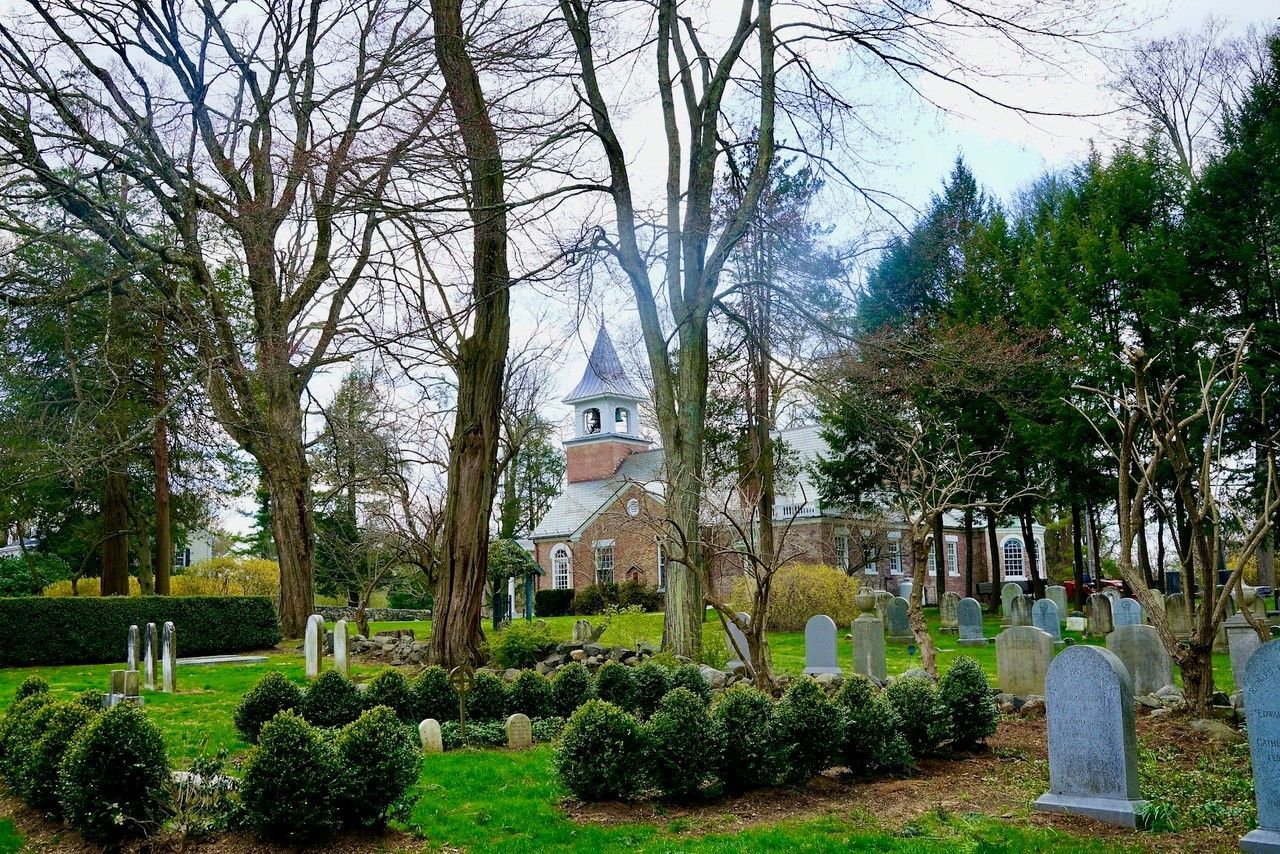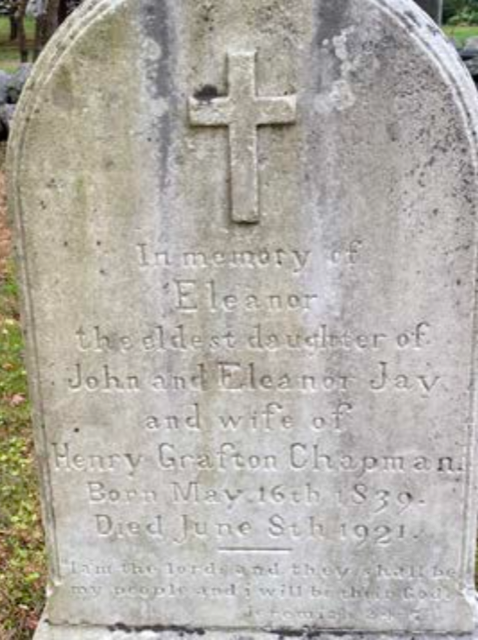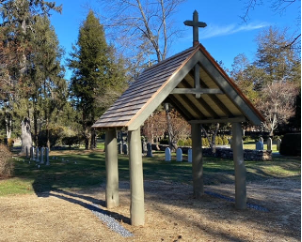St. Matthew's Churchyard and Map
Just two years after St. Matthew’s was consecrated in 1810, the St. Matthew’s Churchyard was established in the northwest corner of the property next to the church. Then around the middle of that century, a Lych Gate was added at the entrance of the Churchyard. Recently restored, it remains one of the few Lych Gates remaining in the country. (Read here about its restoration.)
Over the years, the Churchyard has grown considerably, and is now divided into three distinct sections, including the beautifully integrated columbarium located in the northwest corner of what is called the “S” yard. Maintaining this vital space requires regular mowing, seeding, pruning, and deer fence, but it also requires proper care of its records dating back centuries. Each of the people laid to rest in the Churchyard currently has their own file folder containing varying amounts of personal information. Included are usually the dates of birth, death and burial, as well as contact information for next of kin, town records, and notes from staff and clergy. Today this information has been entered into a digital database where records can be accessed and shared as needed far more quickly and accurately, and just recently an interactive map of the Churchyard has been completed and can now be viewed here.
A few facts and observations about the Churchyard:
- The oldest tombstone is for Daniel Smith, dated 1796. It’s believed to have been moved there at a later date.
- The second oldest tombstone is a headstone dated 1820. This is believed to be the first formal burial in the Churchyard as we know it today.
- There are nine Revolutionary soldiers buried in the Churchyard. None died during the war and all were members of St. Matthew’s.
- For at least 50 years, there has been a clear trend towards cremation. Today, a full burial is not as common.
- Although there are no longer any plots available in the cemetery, the Columbarium (consecrated in 2003) is a modern, spacious burial site that still has availability.
- The Guion family who sold St. Matthew’s the original 40 acres are prominently buried in the Churchyard.
- Although there is a dedicated Jay family plot, full of generations of family members, John Jay is not buried in the Churchyard. He was buried in Rye, NY.



